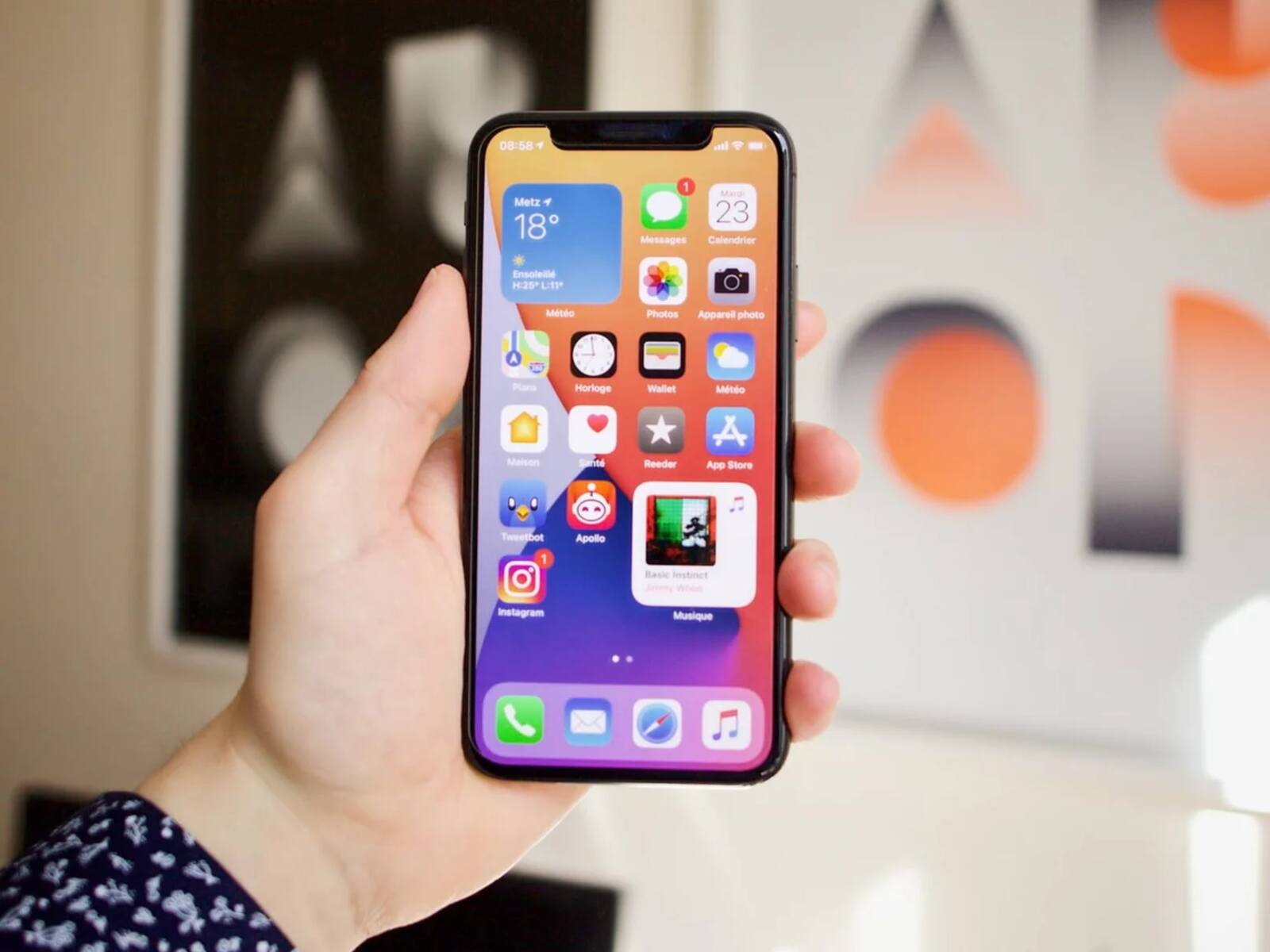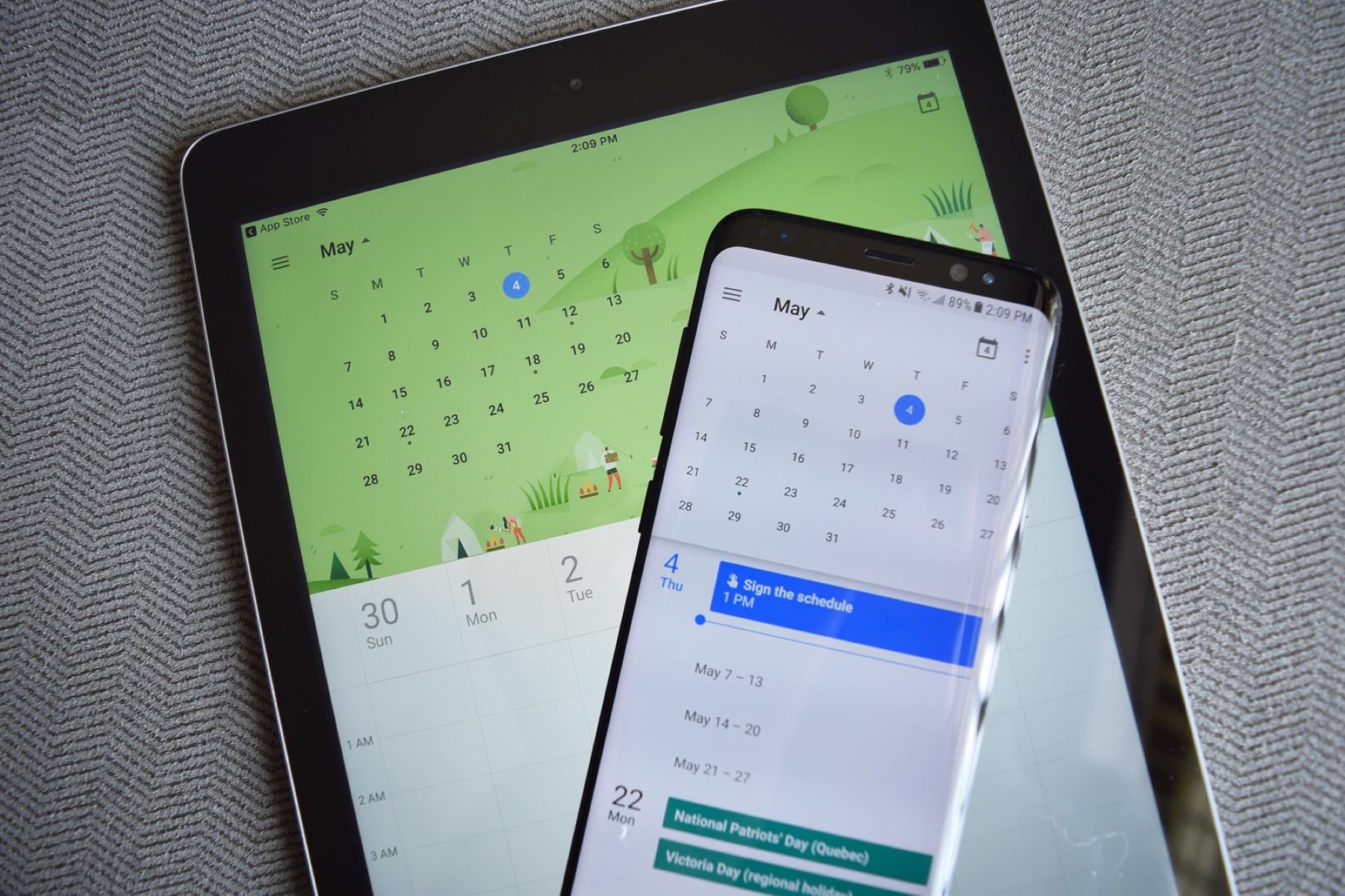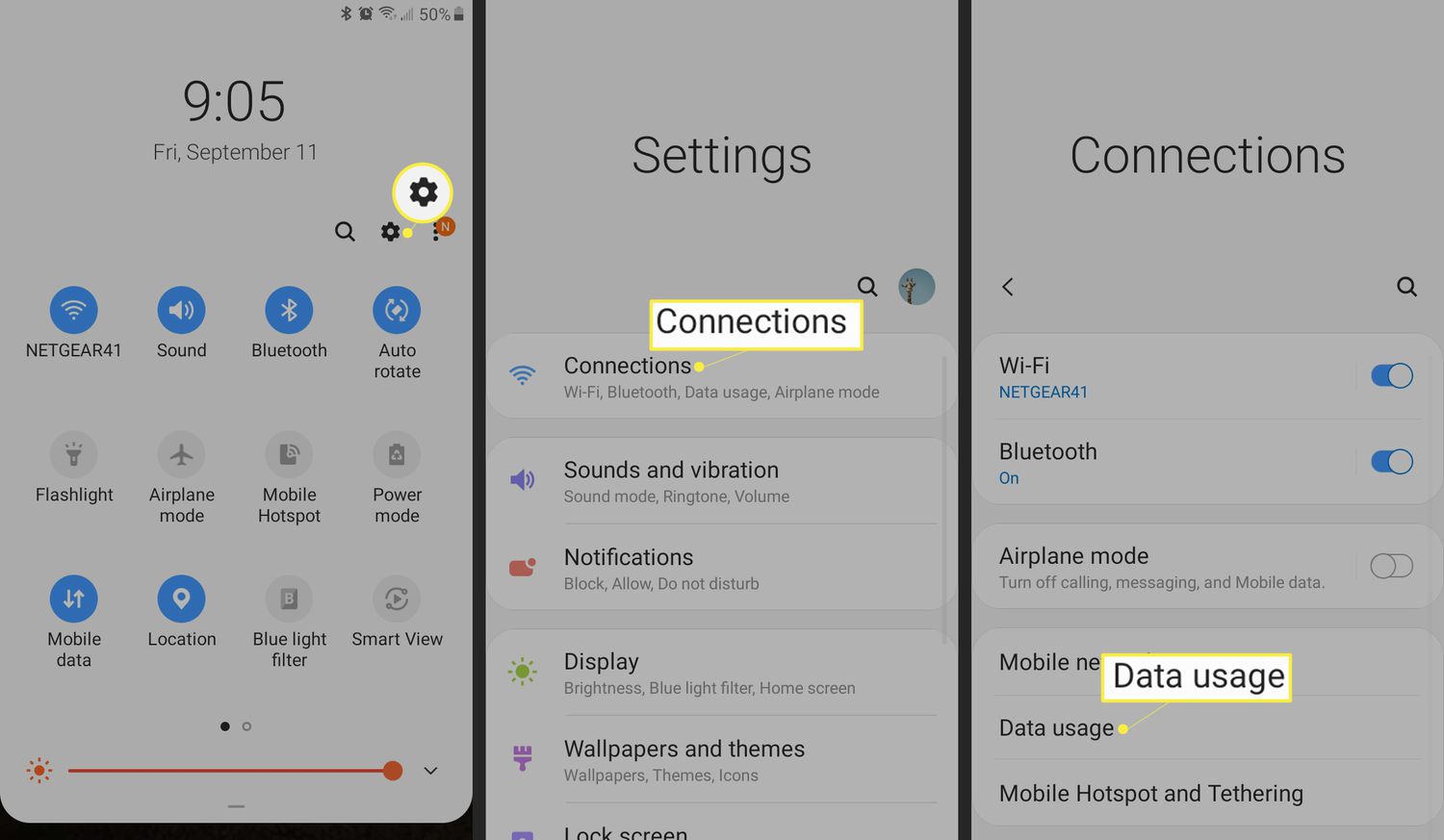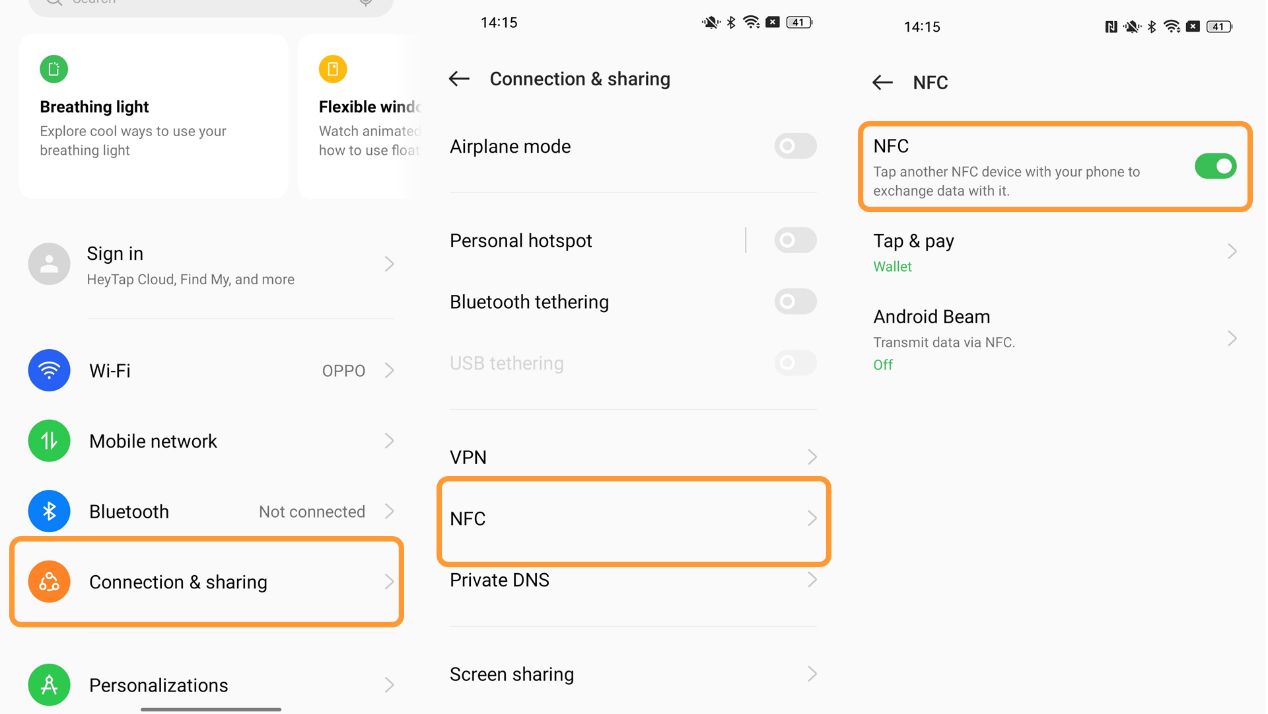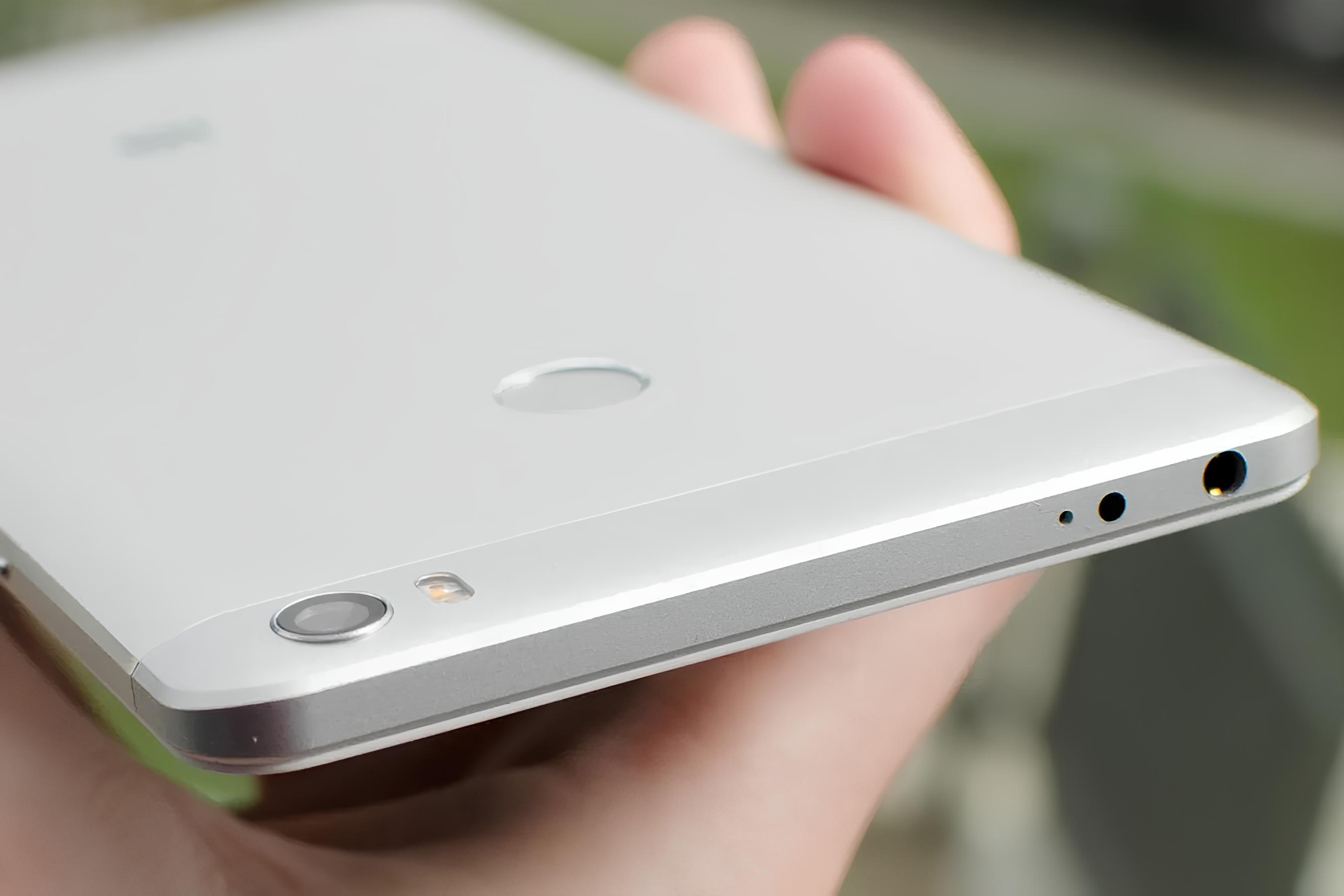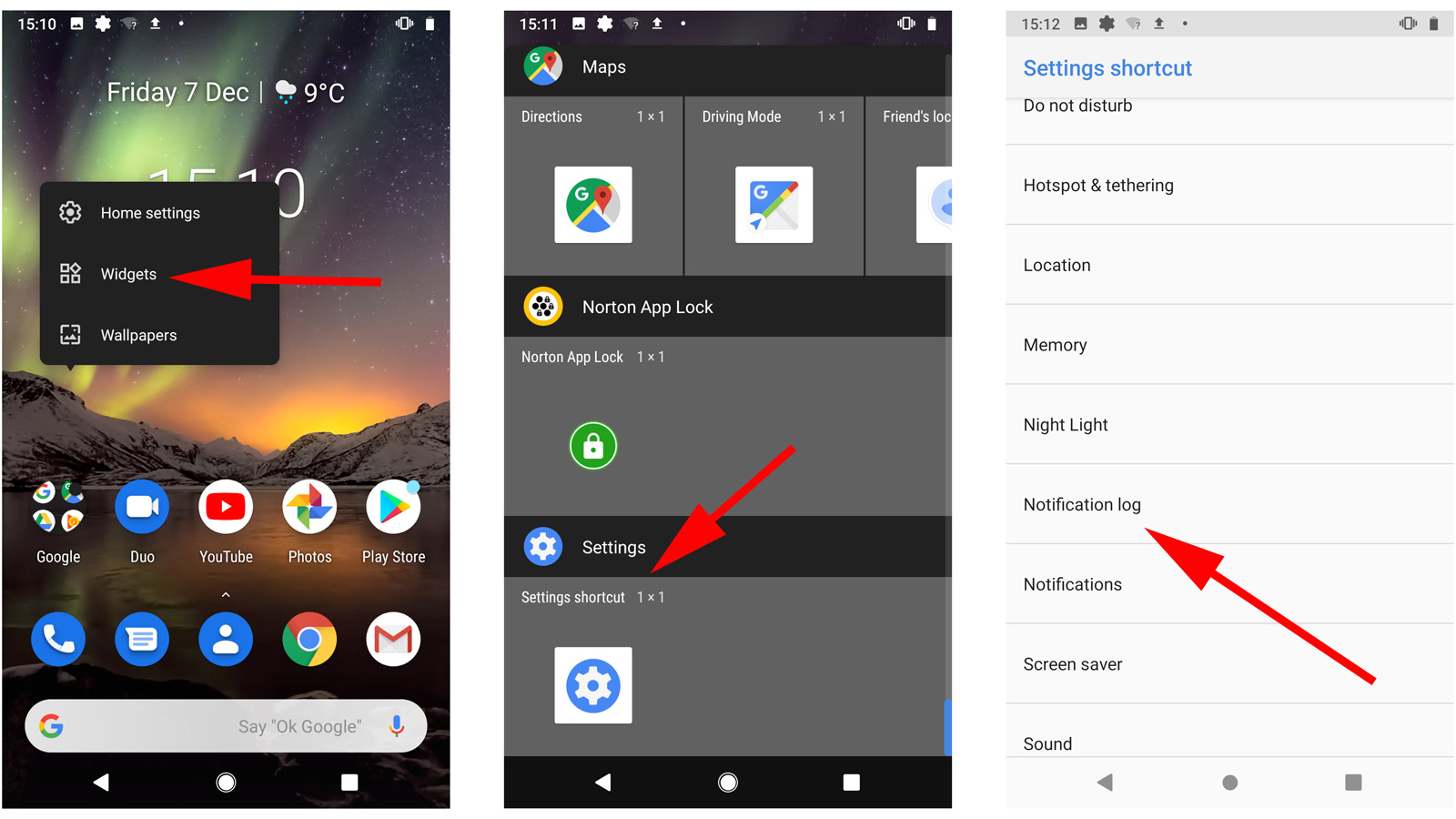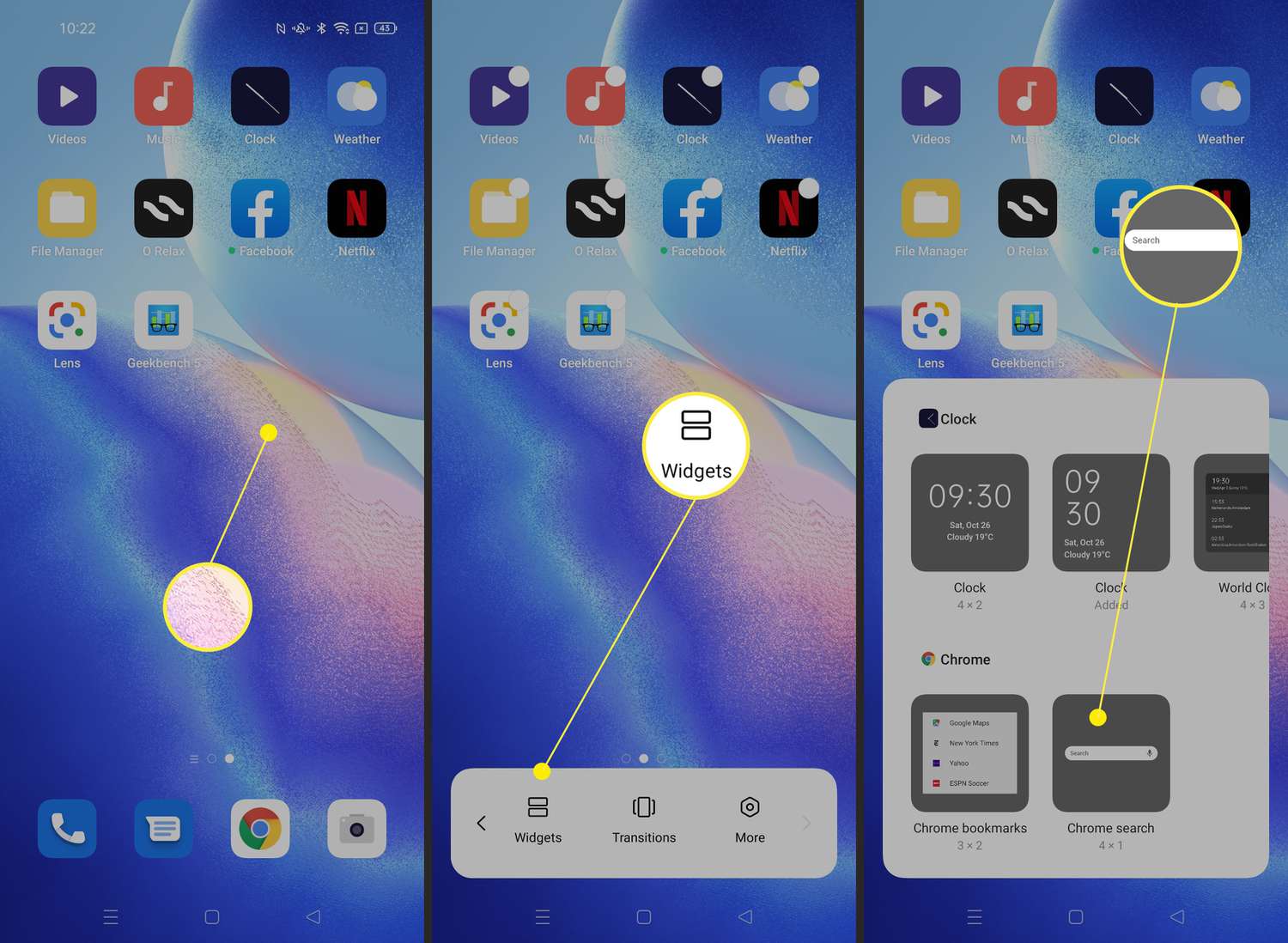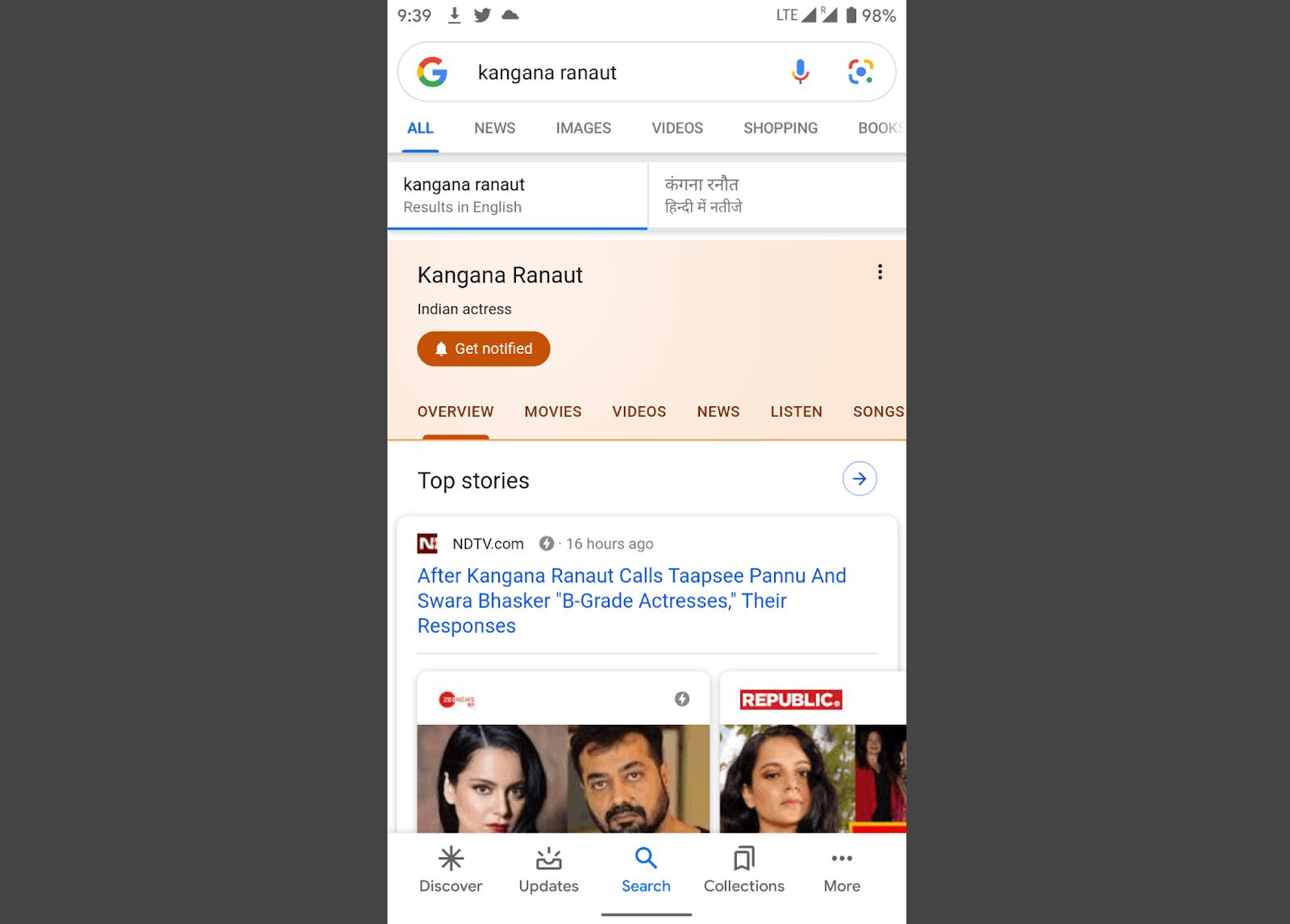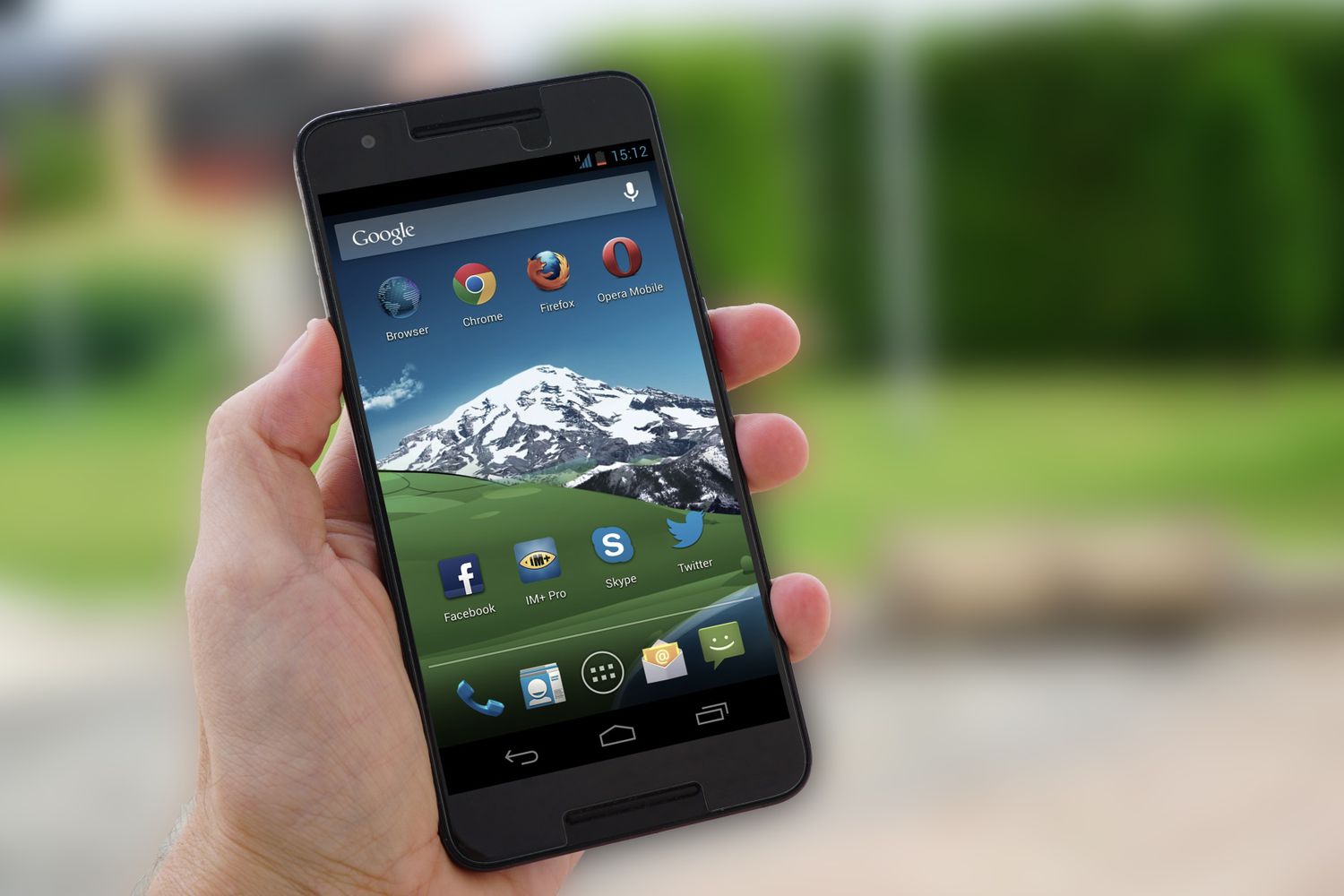Introduction
Widgets play a pivotal role in enhancing the functionality and customization options of Android smartphones and tablets. These small applications provide quick access to information, shortcuts, and even interactive features, right on your device’s home screen. With a wide range of widgets available for various purposes, you can personalize your Android device to suit your unique needs and preferences.
Adding widgets to your Android device is a simple process that allows you to customize your user experience and streamline your daily tasks. Whether you want to view weather updates, monitor your fitness progress, control music playback, or access your favorite contacts, widgets offer a convenient way to access the information and features you need with just a glance.
In this article, we will explore what widgets are, how to add them to your Android smartphone or tablet, and some recommendations for useful widgets to enhance your device’s functionality. We will also delve into customizing and organizing your widgets, allowing you to personalize your device even further.
So, if you’re ready to maximize the potential of your Android device, let’s dive into the world of widgets and discover how they can transform your smartphone or tablet into a powerful tool tailored to your needs.
What are Widgets?
Widgets are small, interactive applications that give you quick access to information and features directly from your device’s home screen. Unlike regular apps that you launch from the app drawer, widgets provide a dynamic and real-time display of specific information or perform specific tasks without the need to open a separate application.
Widgets come in various sizes and shapes, ranging from simple icons to more complex features with interactive elements. They can display information like the weather, calendar events, your email inbox, news updates, and more, all at a glance. Some widgets also offer interactive functionality, such as controlling music playback or toggling system settings.
Widgets are designed to enhance your productivity and convenience by offering quick access to frequently used information and features. Rather than opening multiple apps, you can simply glance at your home screen to check the time, the weather forecast, or upcoming events on your calendar. This saves time and effort, allowing you to stay updated and stay organized with minimal hassle.
Widgets can be added to various areas of your device’s home screen, including the main home screen, additional home screens, and even specialized widget panels that some Android devices offer. By placing widgets strategically, you can create a personalized layout that suits your needs, making your Android device truly yours.
It’s important to note that not all apps come with widgets by default. App developers need to specifically design and provide widgets for their applications. This means that while some popular apps may offer widgets right out of the box, others may not have this feature available. However, there are numerous third-party widget apps available on the Google Play Store, offering a wide range of widgets for different purposes and preferences.
Now that we have a basic understanding of what widgets are, let’s move on to learning how to add them to your Android smartphone or tablet.
How to Add Widgets to Your Android Smartphone
Adding widgets to your Android smartphone is a straightforward process that allows you to customize your home screen with the information and features you find most useful. Here’s a step-by-step guide on how to add widgets:
- Unlock your Android smartphone and navigate to the home screen where you want to add the widget.
- Long-press on an empty space on the home screen. This will bring up a menu or options bar at the bottom or top of the screen.
- Tap on the “Widgets” option in the menu. This will open a list of available widgets.
- Scroll through the list of widgets to find the one you want to add. You can tap on a widget to see a preview of how it will look on your home screen.
- Once you’ve found the desired widget, tap and hold on it.
- Drag the widget to the desired location on your home screen. You can move it around and position it wherever you like.
- Release your finger to drop the widget on the home screen.
- Resize the widget if necessary. Some widgets can be resized by tapping and dragging the edges to adjust their dimensions.
- Customize the widget settings. Depending on the widget, you may have options to configure settings, such as selecting a specific city for a weather widget or choosing a playlist for a music widget.
- Tap the home button to exit the widget placement mode and view your newly added widget on the home screen.
That’s it! You’ve successfully added a widget to your Android smartphone’s home screen.
Repeat these steps to add more widgets as desired. You can mix and match different widgets to create a customized home screen layout that suits your needs and preferences. Play around with various widgets to discover the ones that provide the most value and convenience for your daily routine.
Keep in mind that the process of adding widgets may vary slightly depending on your Android device’s manufacturer and operating system version. However, the general steps mentioned above should work for most Android smartphones.
Now that you know how to add widgets to your Android smartphone, let’s move on to adding widgets to your Android tablet in the next section.
How to Add Widgets to Your Android Tablet
Adding widgets to your Android tablet is a simple process that allows you to customize your home screen and make it more functional and personalized. Here’s a step-by-step guide on how to add widgets to your Android tablet:
- Unlock your Android tablet and go to the home screen where you want to add the widget.
- Tap and hold on an empty space on the home screen. This will bring up the customization options menu.
- Select the “Widgets” option from the menu. This will display a list of available widgets.
- Scroll through the widget list to find the one you want to add. You can tap on a widget to see a preview of how it will appear on your home screen.
- Once you’ve found the desired widget, tap and hold on it.
- Drag the widget to the desired location on your home screen. You can move it around and position it to your liking.
- Release your finger to place the widget on the home screen.
- Resize the widget if necessary. Some widgets can be resized by tapping and dragging the edges to adjust their dimensions.
- Customize the widget settings. Depending on the widget, you may have options to configure settings such as selecting a specific city for a weather widget or choosing a playlist for a music widget.
- Tap the home button or press the back button to exit the widget placement mode and view the widget on your home screen.
That’s it! You have successfully added a widget to your Android tablet’s home screen.
Repeat these steps to add more widgets as desired. You can mix and match different widgets to create a customized home screen layout that suits your needs and preferences. Experiment with various widgets to discover the ones that provide the most value and convenience for your everyday use.
Remember, the process of adding widgets may slightly vary depending on your Android tablet’s manufacturer and operating system version. However, the general steps mentioned above should apply to most Android tablets.
Now that you know how to add widgets to your Android tablet, let’s explore the different types of widgets you can use in the next section.
Types of Widgets
Widgets come in a wide variety of types, catering to different user needs and preferences. Here are some common types of widgets you can find on your Android device:
- Weather Widgets: These display real-time weather information, including temperature, precipitation, and forecasts for your location or selected cities.
- Calendar Widgets: These provide a quick overview of your upcoming events and appointments, helping you stay organized and manage your schedule efficiently.
- News Widgets: These deliver news headlines and updates from your favorite news sources, allowing you to stay informed without opening a dedicated news app.
- Social Media Widgets: These give you instant access to your social media feeds, allowing you to view and engage with posts from platforms like Facebook, Twitter, and Instagram.
- Music Widgets: These offer convenient music playback controls, allowing you to play, pause, skip tracks, and adjust volume without opening your music app.
- Fitness Widgets: These track your fitness activities, displaying data such as step count, calories burned, and workout progress, helping you stay motivated towards your fitness goals.
- System Settings Widgets: These provide shortcuts to different device settings such as Wi-Fi, Bluetooth, screen brightness, and more, allowing you to quickly toggle these options on and off.
- Communication Widgets: These provide easy access to your contacts, allowing you to quickly make calls, send messages, or initiate video calls without navigating through your contacts app.
These are just a few examples of the types of widgets available. Depending on the apps installed on your device and your personal preferences, you may find other specialized widgets tailored to specific interests or needs.
It’s worth noting that some widgets may require additional permissions or data access to function properly. Be sure to review the permissions requested by a widget before adding it to your home screen to ensure that you’re comfortable with the information it may have access to.
Now that you have an understanding of the various types of widgets available, let’s move on to some recommendations for useful widgets in the next section.
Recommendations for Useful Widgets
With a plethora of widgets available for Android devices, it can be overwhelming to choose the most useful ones for your needs. Here are some recommendations for useful widgets that can enhance your Android experience:
- Google Calendar Widget: Stay on top of your schedule with a widget that displays your upcoming appointments and events from your Google Calendar. This widget provides a quick glance at your daily agenda, helping you plan your day effectively.
- Weather Underground Widget: Get accurate and detailed weather information right on your home screen with the Weather Underground widget. It provides real-time updates on temperature, conditions, and forecasts for your location.
- Google Keep Widget: Stay organized with the Google Keep widget, which allows you to quickly view and create notes, lists, and reminders. This widget ensures that your important information is always just a tap away.
- Spotify Widget: Control your music playback directly from your home screen with the Spotify widget. You can play, pause, skip tracks, and even access your playlists with ease, saving you time and effort.
- Fitbit Widget: If you use a Fitbit fitness tracker, the Fitbit widget provides a convenient way to monitor your fitness stats, including step count, calories burned, and sleep quality. It keeps you motivated and accountable on your fitness journey.
- Google News Widget: Stay updated with the latest news headlines and stories with the Google News widget. It delivers curated news based on your preferences, ensuring that you’re always informed about the topics that matter to you.
- Email Widget: Stay on top of your emails with an email widget that displays your inbox or specific email folders on your home screen. This allows you to quickly scan and manage your emails without opening the email app.
- Google Fit Widget: Track your fitness progress and monitor your activity levels with the Google Fit widget. It shows your daily step count, distance walked, and calories burned, keeping you motivated towards an active lifestyle.
Remember, these are just a few recommendations, and the most useful widgets for you will depend on your individual preferences and needs. Explore the Google Play Store to discover a wide range of widgets that cater to various interests and requirements.
Now that you have some widget recommendations, let’s move on to the topic of customizing widgets in the next section.
Customizing Widgets
Widgets offer more than just quick access to information and features on your Android device. They also provide options for customization, allowing you to personalize their appearance and functionality to suit your preferences. Here are some ways you can customize your widgets:
- Resizing: Many widgets can be resized to fit your desired dimensions on the home screen. Simply tap and hold on the widget and then drag the edges to adjust its size. This way, you can make a widget more prominent or compact, depending on your preference and available screen space.
- Repositioning: Widgets are not confined to a specific area on the home screen. You can move them around to different locations by tapping and holding on the widget and then dragging it to the desired spot. Feel free to experiment with different arrangements to find the layout that works best for you.
- Widget Settings: Some widgets offer settings that allow you to customize their behavior. For example, a weather widget may let you choose the default location or the temperature unit (Celsius or Fahrenheit). Tap on the widget, look for a gear icon or three-dot menu, and explore the available settings to customize the widget’s display and functionality.
- Widget Themes: Depending on the widget, you may have the option to select from different themes or color schemes. This allows you to match the widget’s appearance with your device’s overall theme or your personal style.
- Widget Transparency: Some launchers or widget apps offer the ability to adjust the transparency level of widgets. You can make a widget more transparent to blend it seamlessly with your home screen background or make it more prominent by reducing transparency.
Take advantage of these customization options to create a visually appealing and personalized home screen. By resizing, repositioning, and adjusting settings, you can optimize the layout and functionality of your widgets to provide the best user experience for your needs.
Remember that not all widgets will have the same level of customization options. The available customization features may vary depending on the widget and the launcher or widget app you are using. It’s worth exploring the settings and options of each widget to see the extent of customization available.
Now that you have learned how to customize widgets, you are ready to unleash your creativity and make your Android device truly your own.
Conclusion
Widgets are powerful tools that can transform your Android smartphone or tablet into a personalized and efficient device. With just a few taps and drags, you can add widgets to your home screen, providing quick access to information, shortcuts, and interactive features. Whether you want to stay updated with the latest news, track your fitness progress, control music playback, or view upcoming events, there’s a widget available to cater to your needs.
In this article, we explored what widgets are and discussed how to add them to your Android smartphone and tablet. We also delved into different types of widgets, providing recommendations for useful widgets that can enhance your Android experience. Additionally, we discussed the importance of customizing widgets to suit your preferences, allowing you to create a visually appealing and personalized home screen.
From weather widgets and calendar widgets to music widgets and social media widgets, the possibilities are endless when it comes to customizing your device with widgets. Take the time to explore the Google Play Store for an extensive selection of widgets tailored to your interests and requirements.
By incorporating widgets into your Android device, you can streamline your daily tasks, stay organized, and have important information readily available at a glance. So, unleash your creativity, make use of the customization options available, and create a truly unique and functional home screen that reflects your individuality.
Now that you have learned the ins and outs of widgets, it’s time to embark on your widget-customization journey and make the most out of your Android device!







